Located in Hepu County, Beihai City, south China's Guangxi Zhuang Autonomous Region, the Hepu Han Dynasty Cultural Museum boasts more than 5,200 cultural relics of the Han Dynasty (206 BC-220 AD).
The museum's collection witnesses the glory of the coastal county of Hepu, illustrating its role in trade along the historic Maritime Silk Road during the Han Dynasty. Join CGTN to catch a glimpse of the cultural relics at the museum.
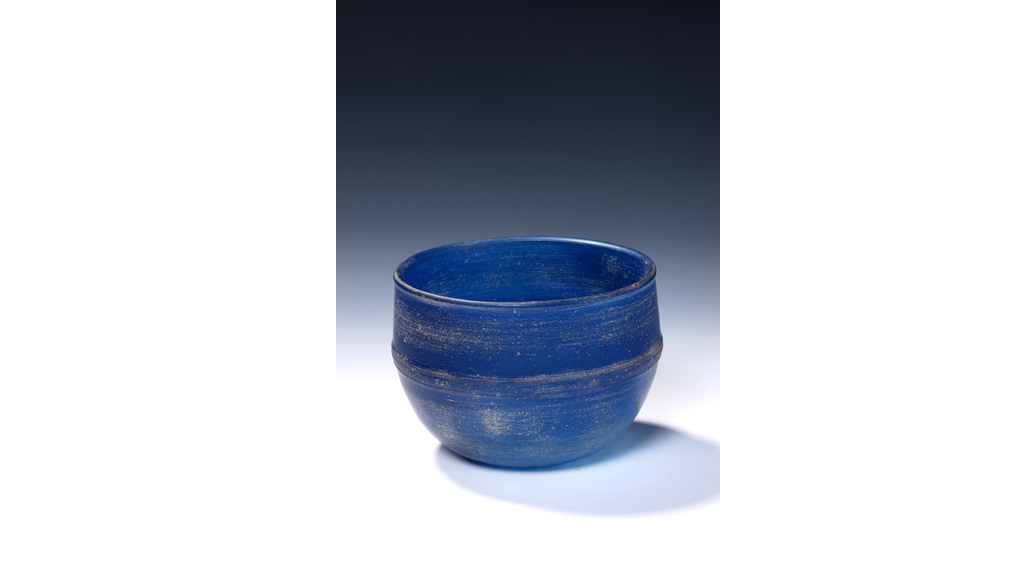
A dark-blue glass cup preserved at the Hepu Han Dynasty Cultural Museum. This vessel is a good example of trade on the Maritime Silk Road in the Han Dynasty. /Hepu Han Dynasty Cultural Museum
A dark-blue glass cup preserved at the Hepu Han Dynasty Cultural Museum. This vessel is a good example of trade on the Maritime Silk Road in the Han Dynasty. /Hepu Han Dynasty Cultural Museum

A string of gold beads in the shape of olive and flower ball. /Hepu Han Dynasty Cultural Museum
A string of gold beads in the shape of olive and flower ball. /Hepu Han Dynasty Cultural Museum
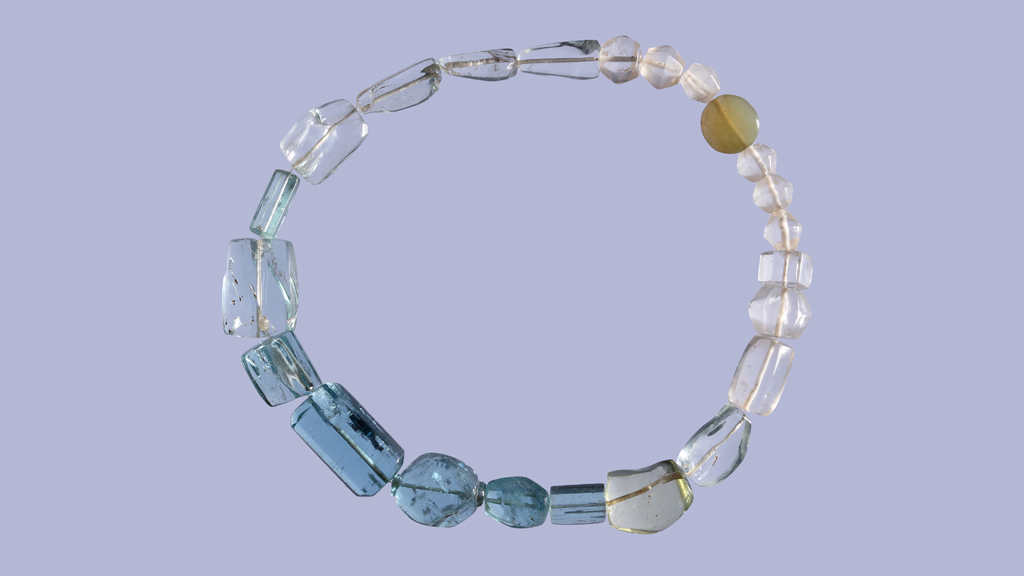
A string of beryl and crystal beads. /Hepu Han Dynasty Cultural Museum
A string of beryl and crystal beads. /Hepu Han Dynasty Cultural Museum
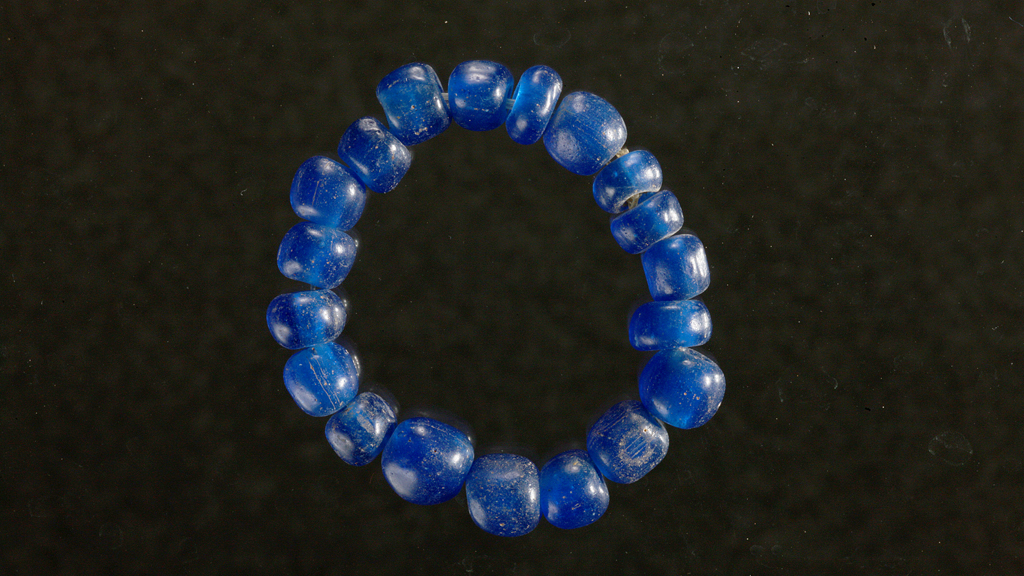
A string of Roman glass beads. /Hepu Han Dynasty Cultural Museum
A string of Roman glass beads. /Hepu Han Dynasty Cultural Museum

A string of agate and carnelian beads which was excavated from a Han tomb in Hepu. /Hepu Han Dynasty Cultural Museum
A string of agate and carnelian beads which was excavated from a Han tomb in Hepu. /Hepu Han Dynasty Cultural Museum
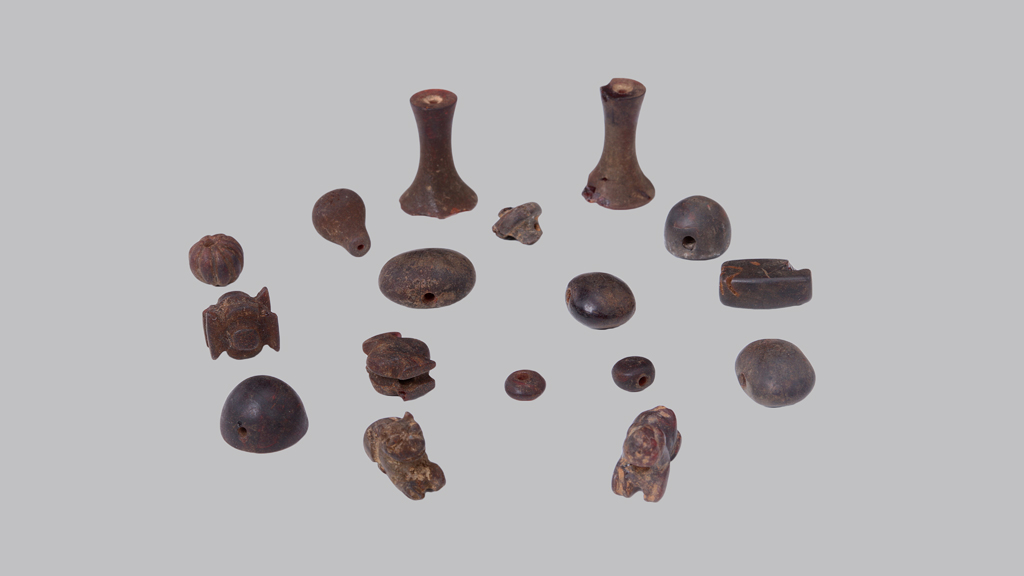
Amber beads. Among the 17 dark brown beads, two pieces were carved into lifelike lions crouching on the ground. /Hepu Han Dynasty Cultural Museum
Amber beads. Among the 17 dark brown beads, two pieces were carved into lifelike lions crouching on the ground. /Hepu Han Dynasty Cultural Museum
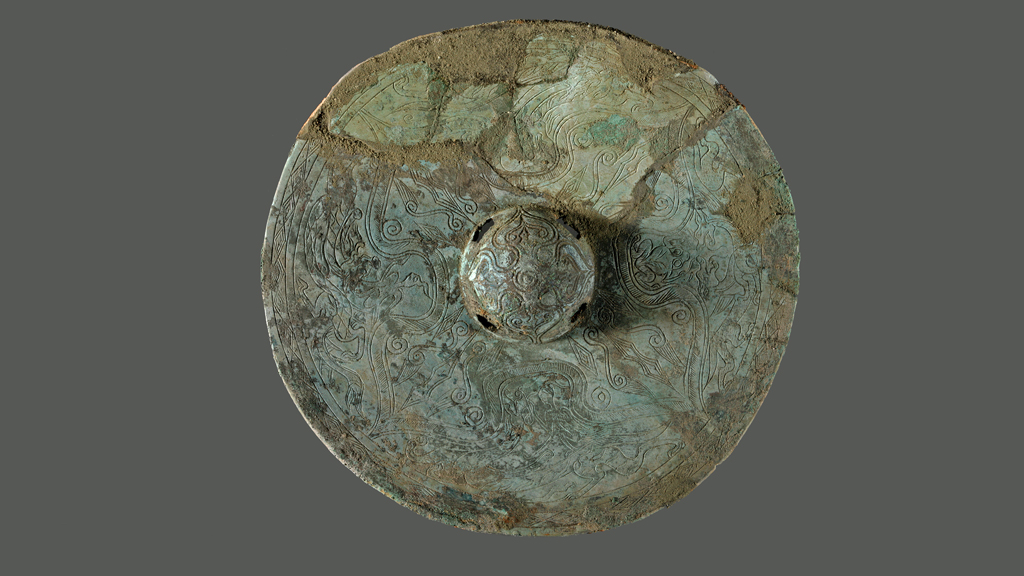
A bronze cymbal which was excavated from a Han tomb in Hepu as a single piece, with persimmon calyx, feathered man, dragon, and toad as its motif. /Hepu Han Dynasty Cultural Museum
A bronze cymbal which was excavated from a Han tomb in Hepu as a single piece, with persimmon calyx, feathered man, dragon, and toad as its motif. /Hepu Han Dynasty Cultural Museum
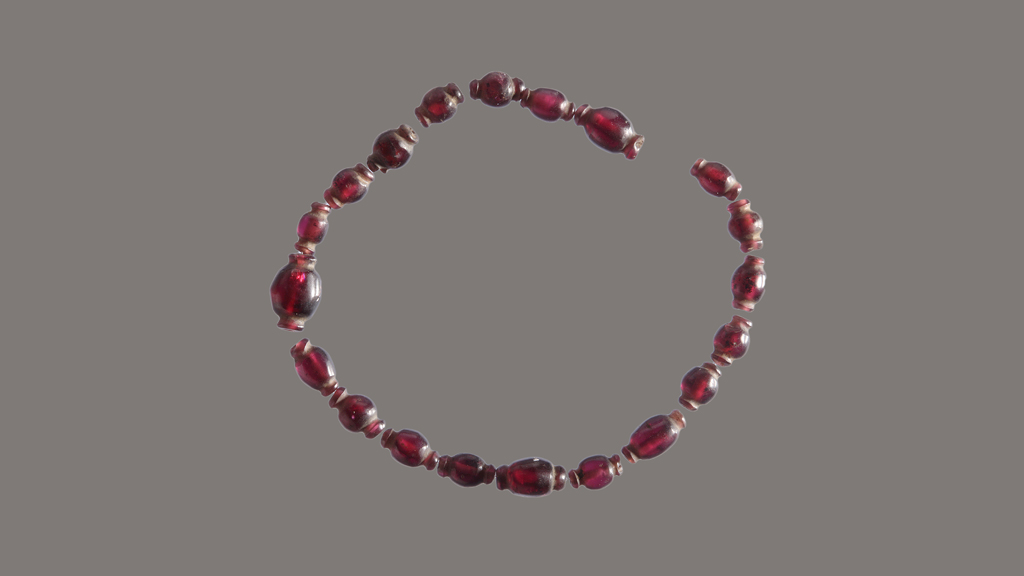
A collar-shaped string of purple-red garnets. /Hepu Han Dynasty Cultural Museum
A collar-shaped string of purple-red garnets. /Hepu Han Dynasty Cultural Museum
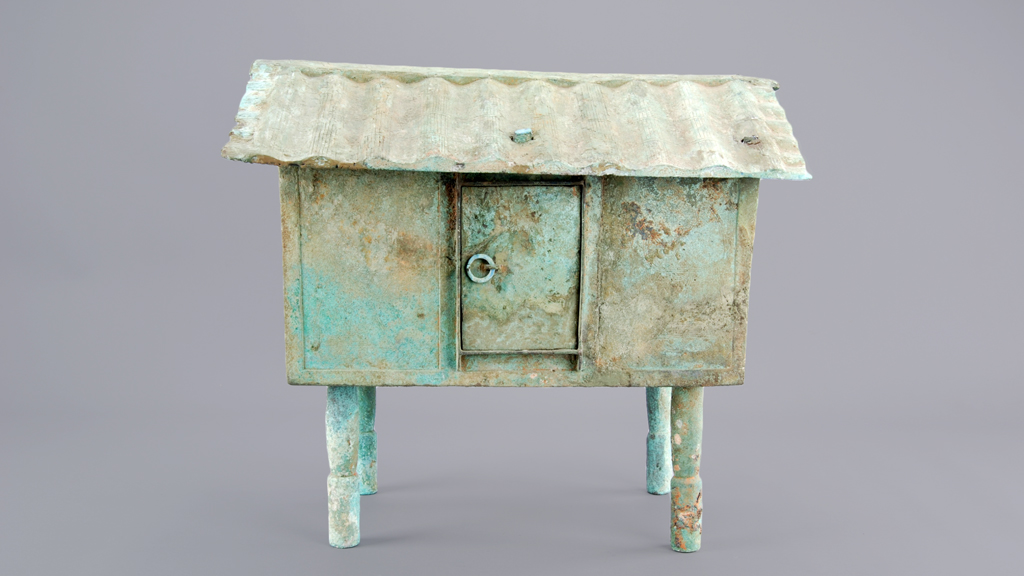
A stilt-house bronze barn. It's an architectural funerary object, with its walls decorated with exquisitely engraved patterns of four deities, indicating the intermingling of central and southern Chinese cultures. /Hepu Han Dynasty Cultural Museum
A stilt-house bronze barn. It's an architectural funerary object, with its walls decorated with exquisitely engraved patterns of four deities, indicating the intermingling of central and southern Chinese cultures. /Hepu Han Dynasty Cultural Museum
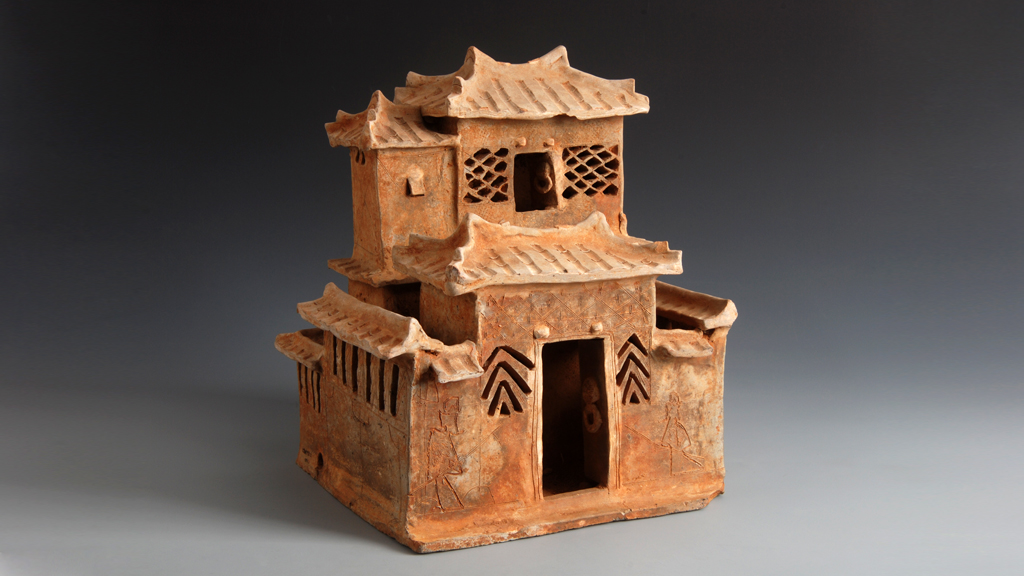
With a hip roof, the highest-ranking roof in traditional Chinese architecture, this pottery house has a neat layout and majestic atmosphere, highlighting the noble status of the tomb owner. The building has staggered heights with clear distinction between the main room and other rooms, indicating pillars, beams, and columns were already commonly used in wooden structures in south China in the Han Dynasty, which formed a unique architectural system in China. /Hepu Han Dynasty Cultural Museum
With a hip roof, the highest-ranking roof in traditional Chinese architecture, this pottery house has a neat layout and majestic atmosphere, highlighting the noble status of the tomb owner. The building has staggered heights with clear distinction between the main room and other rooms, indicating pillars, beams, and columns were already commonly used in wooden structures in south China in the Han Dynasty, which formed a unique architectural system in China. /Hepu Han Dynasty Cultural Museum

This Buddhist cultural relic consists of three parts — lotus-shaped top, bowl in the middle, and base at the bottom. The lotus top is an object of worship, the upper and central parts of the artifact are similar to the image in the lotus-bowl mirror, and the lower part is used as a seat to place the object of worship. /Hepu Han Dynasty Cultural Museum
This Buddhist cultural relic consists of three parts — lotus-shaped top, bowl in the middle, and base at the bottom. The lotus top is an object of worship, the upper and central parts of the artifact are similar to the image in the lotus-bowl mirror, and the lower part is used as a seat to place the object of worship. /Hepu Han Dynasty Cultural Museum

